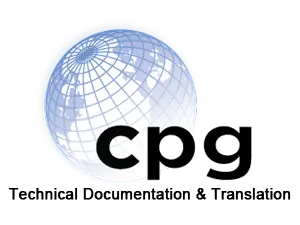
What Are Standard Operating Procedures?
Standard Operating Procedures (SOPs) are detailed instructions that outline how to perform specific tasks consistently. They help businesses maintain quality, improve efficiency, and ensure compliance with regulations.
Benefits of SOPs
A well-written SOP improves operations in many ways:
- Consistency: Employees follow the same steps every time.
- Efficiency: Streamlines workflows and reduces errors.
- Compliance: Helps meet legal and industry regulations.
- Training: Serves as a reference for new employees.
- Accountability: Clarifies roles and responsibilities.
What Should an Standard Operating Procedure Include?
An effective SOP should have:
- Title and Purpose – Clearly state the procedure’s goal.
- Scope – Define who and what the SOP applies to.
- Responsibilities – Assign roles and duties.
- Step-by-Step Instructions – Use simple, clear language.
- Safety and Compliance Guidelines – Address necessary regulations.
- References and Appendices – Provide additional resources.
How to Structure an SOP
- Identify the Process – Choose a task that needs standardization.
- Gather Input – Work with key personnel to ensure accuracy.
- Write in Clear Language – Avoid jargon; use direct, simple wording.
- Use Visuals – Flowcharts and images improve understanding.
- Test and Revise – Ensure the procedure works as intended.
- Distribute and Train – Make it accessible and educate employees.
Why Professional Help Matters
Writing SOPs requires precision. A poorly written SOP can lead to confusion and inefficiency. A technical manual writing service ensures clarity, compliance, and usability.
Get Expert Help with Standard Operating Procedures
CPG specializes in technical writing. We help businesses create structured SOPs that improve efficiency and compliance. Contact us to get started.
Back To News
 800-541-8270
800-541-8270